获取已发布消息的响应:RabbitMQ 戈兰
RabbitMQ 的实现中存在一个问题,该问题导致 API 无法将响应与请求相匹配。该问题源于使用非线程安全的存储来管理响应消息。此外,消息在发布之前没有添加到存储中,导致在发布失败的情况下无法正确删除消息。文章提供了一个修改后的代码示例,解决了这些问题,包括使用互斥锁来确保存储的线程安全性,并在发布之前将消息添加到存储中,并在发布失败时将其删除。
我已经实现了使用消息的工作人员,用它们执行某种类型的工作并将结果发布到队列上。
我有api,它将接收http请求,向worker发布消息并等待worker发送响应。
我有两个队列,一个是工作队列,另一个是网关队列。
api 将 -> 在工作队列上发布事件。使用网关队列中的事件(等待响应) worker 将 -> 从工作队列中消费事件。在网关队列上发布事件。
worker 工作得很好,我从来没有遇到过问题。所以我会重点关注 api,因为那里就是错误所在。
问题:
每次我的 api 发布消息时。它首先会生成一些 uuid,我们会在地图中记住这些 uuid,以便在我们使用响应时使用。我们可以匹配该响应对应的请求。
当我们消费消息时,第一次一切正常,我们可以将响应与请求进行匹配。但第二次,我们在地图中找不到该响应。尽管我已经添加了它。
以下是一些代码示例。
存储、与地图配合使用的接口
package main
import "fmt"
type channelstorage interface {
add(uid string, message chan responsemessage)
delete(uid string)
get(uid string) chan responsemessage
}
func newchannelstorage() channelstorage {
return channelmapstorage{
channelmap: make(map[string]chan responsemessage),
}
}
type channelmapstorage struct {
channelmap map[string]chan responsemessage
}
func (storage channelmapstorage) add(uid string, message chan responsemessage) {
fmt.println(fmt.sprintf("adding message: %s ", uid))
storage.channelmap[uid] = message
}
func (storage channelmapstorage) delete(uid string) {
fmt.println(fmt.sprintf("deleting message: %s ", uid))
delete(storage.channelmap, uid)
}
func (storage channelmapstorage) get(uid string) chan responsemessage {
fmt.println(fmt.sprintf("getting message: %s ", uid))
return storage.channelmap[uid]
}
这是我的发布者,它将向工作队列发送事件。
package main
import (
"fmt"
"github.com/streadway/amqp"
)
var channel *amqp.channel
func init() {
// connect to the rabbit.
conn, err := amqp.dial(rabbitconfig.uri)
if err != nil {
panic(err)
}
// create channel
channel, err = conn.channel()
if err != nil {
panic(err)
}
}
func publish(queuename string , data []byte, id string) error {
// publish message
return channel.publish(
"", // exchange
queuename, // routing key
false, // mandatory
false, // immediate
amqp.publishing{
correlationid: id,
contenttype: "text/plain",
body: data,
},
)
}
这里是发送者,这是代码的一部分,所有操作都发生在其中。 它的工作是连接到rabbitmq,消费事件。将事件与请求匹配并通知我们收到响应。
package main
import (
"encoding/json"
"errors"
"fmt"
"github.com/streadway/amqp"
"log"
"time"
)
func init() {
conn, err := amqp.dial(rabbitconfig.uri)
failonerror(err, "publisher failed to connect to the rabbitmq")
// create channel
channel, err := conn.channel()
failonerror(err, "publisher failed to create channel")
// create queue
queue, err := channel.queuedeclare(
recieve_queue_name, // channelname
true, // durable
false, // delete when unused
false, // exclusive
false, // no-wait
nil, // arguments
)
failonerror(err, "failed to create queue for consumer")
// channel
messages, err := channel.consume(
queue.name, // queue
"", // consumer
true, // auto-ack
false, // exclusive
false, // no-local
false, // no-wait
nil, // args
)
failonerror(err, "failed on consuming event")
go func() {
for message:= range messages {
go handlemessage(message)
}
}()
}
func sendmessage(name string, id string ,requesttype string) ([]byte, int, error) {
// create new task message
message := taskmessage{
uid: uid(),
replyto: recieve_queue_name,
type: requesttype,
name: name,
id: id,
}
data ,err := json.marshal(message)
if err != nil {
fmt.println(fmt.sprintf("cant unmarshall message %s", err.error()))
return nil, 0, err
}
err = publish(send_queue_name, data, message.uid)
if err != nil {
fmt.println(fmt.sprintf("cant publish message %s", err.error()))
return nil, 0, err
}
// whenever we send message, we need to add it to the waiting response channel
rchannel := make(chan responsemessage)
channelstorage.add(message.uid, rchannel)
// wait for the response
select {
case response := <- rchannel:
fmt.println(fmt.sprintf("sending response: %s ", message.uid))
data := response.response
code := response.statuscode
channelstorage.delete(message.uid)
return data, code, nil
case <-time.after(3 * time.second):
// remove channel from rchans
channelstorage.delete(message.uid)
// return timeout error.
return nil, 0, errors.new("response timed out on rabbit.")
}
}
func handlemessage(msg amqp.delivery) {
// parse message.
response := &responsemessage{}
// parse response.
err := json.unmarshal(msg.body, response)
if err != nil {
log.printf("error: fail unmarshl: %s", msg.body)
return
}
// find waiting channel(with uid) and forward the reply to it
if channel := channelstorage.get(response.uid); channel != nil {
channel <- *response
}
}
方法sendmessage()将发布事件,等待消费响应。将其与我们的请求进行映射并返回结果。
在这里我将创建新任务
// create new task message
message := taskmessage{
uid: uid(),
replyto: recieve_queue_name,
type: requesttype,
name: name,
id: id,
}
data ,err := json.marshal(message)
if err != nil {
fmt.println(fmt.sprintf("cant unmarshall message %s", err.error()))
return nil, 0, err
}
使用publisher.go中的方法发布任务
err = publish(send_queue_name, data, message.uid)
if err != nil {
fmt.println(fmt.sprintf("cant publish message %s", err.error()))
return nil, 0, err
}
使用我们的存储接口将响应与我们生成的唯一 id 进行映射。
rchannel := make(chan responsemessage) channelstorage.add(message.uid, rchannel)
等待我们收到已发布事件的响应时通知的频道。如果我们在 3 秒内没有得到响应,我们就会超时。
case response := <- rchannel:
fmt.println(fmt.sprintf("sending response: %s ", message.uid))
data := response.response
code := response.statuscode
channelstorage.delete(message.uid)
return data, code, nil
case <-time.after(3 * time.second):
// remove channel from rchans
channelstorage.delete(message.uid)
// return timeout error.
return nil, 0, errors.new("response timed out on rabbit.")
}
当我们使用消息,但尝试将 id 与响应映射时,就会出现问题。它说它从我们的地图中返回 nil id。
func handlemessage(msg amqp.delivery) {
// parse message.
response := &responsemessage{}
// parse response.
err := json.unmarshal(msg.body, response)
if err != nil {
log.printf("error: fail unmarshl: %s", msg.body)
return
}
// find waiting channel(with uid) and forward the reply to it
if channel := channelstorage.get(response.uid); channel != nil {
channel <- *response
}
}
我的main.go看起来像这样,它将创建全局存储并运行http服务器:
package main
import (
"fmt"
"os"
)
var channelStorage ChannelStorage
func main() {
channelStorage = NewChannelStorage()
err := SetupRouter(NewApi()).Run(":8080")
if err != nil {
fmt.Println(err)
os.Exit(1)
}
}
因为我对 golang 没有太多经验。问题可能会发生,因为我创建了全局存储或类似的东西。
解决方案
首先:您的存储现在不是线程安全的,您应该使用sync.mutex。
type channelmapstorage struct {
m sync.nutex
channelmap map[string]chan responsemessage
}
func (storage *channelmapstorage) add(uid string, message chan responsemessage) {
storage.m.lock()
fmt.println(fmt.sprintf("adding message: %s ", uid))
storage.channelmap[uid] = message
storage.m.unlock()
}
所有其他方法都是一样的。
第二:您应该在发布之前将消息添加到存储中,如果发布失败则将其删除。
data ,err := json.Marshal(message)
if err != nil {
fmt.Println(fmt.Sprintf("Cant unmarshall message %s", err.Error()))
return nil, 0, err
}
rchannel := make(chan ResponseMessage)
channelStorage.Add(message.Uid, rchannel)
err = publish(SEND_QUEUE_NAME, data, message.Uid)
if err != nil {
channelStorage.Del(message.Uid)
fmt.Println(fmt.Sprintf("Cant publish message %s", err.Error()))
return nil, 0, err
}到这里,我们也就讲完了《获取已发布消息的响应:RabbitMQ 戈兰》的内容了。个人认为,基础知识的学习和巩固,是为了更好的将其运用到项目中,欢迎关注golang学习网公众号,带你了解更多关于的知识点!
 申通快递服务业务收入在2024年1月达到39.66亿元,同比增长82.61%
申通快递服务业务收入在2024年1月达到39.66亿元,同比增长82.61%
- 上一篇
- 申通快递服务业务收入在2024年1月达到39.66亿元,同比增长82.61%
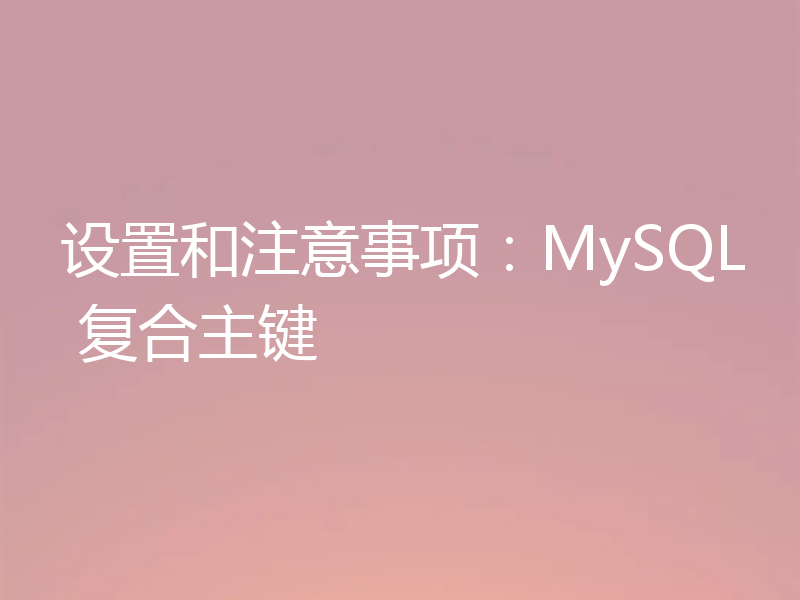
- 下一篇
- 设置和注意事项:MySQL 复合主键
-

- Golang · Go问答 | 1年前 |
- 在读取缓冲通道中的内容之前退出
- 139浏览 收藏
-
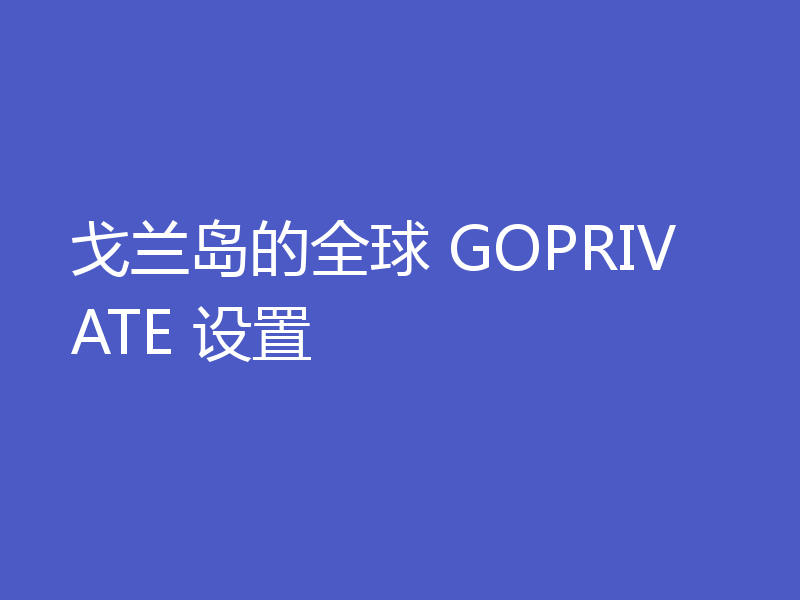
- Golang · Go问答 | 1年前 |
- 戈兰岛的全球 GOPRIVATE 设置
- 204浏览 收藏
-

- Golang · Go问答 | 1年前 |
- 如何将结构作为参数传递给 xml-rpc
- 325浏览 收藏
-

- Golang · Go问答 | 1年前 |
- 如何用golang获得小数点以下两位长度?
- 478浏览 收藏
-
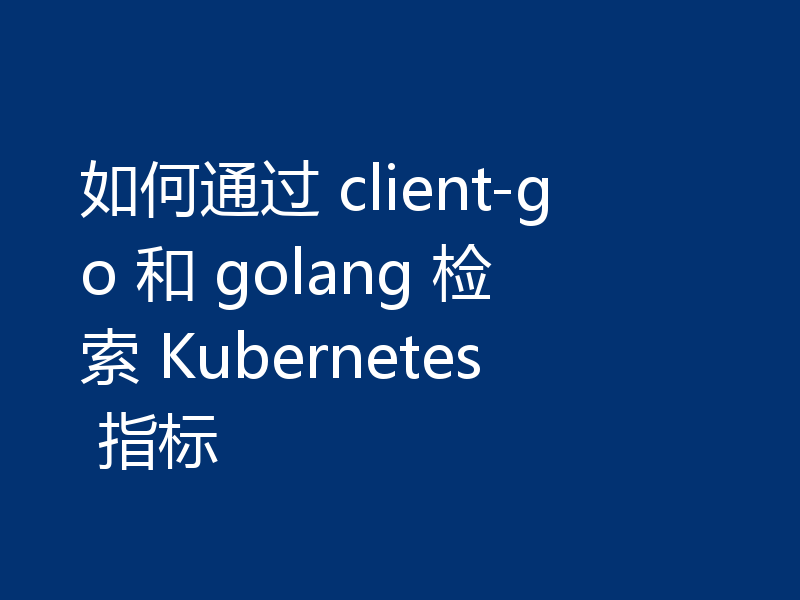
- Golang · Go问答 | 1年前 |
- 如何通过 client-go 和 golang 检索 Kubernetes 指标
- 486浏览 收藏
-

- Golang · Go问答 | 1年前 |
- 将多个“参数”映射到单个可变参数的习惯用法
- 439浏览 收藏
-
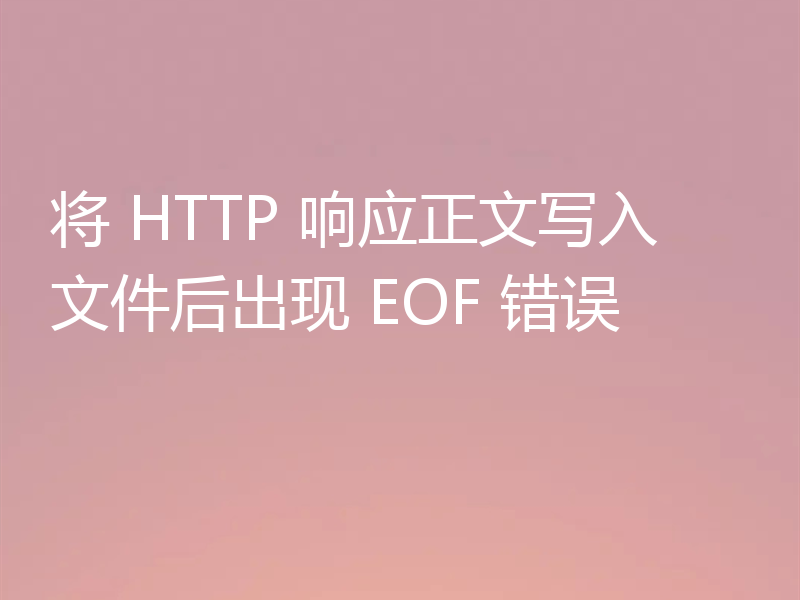
- Golang · Go问答 | 1年前 |
- 将 HTTP 响应正文写入文件后出现 EOF 错误
- 357浏览 收藏
-

- Golang · Go问答 | 1年前 |
- 结构中映射的匿名列表的“复合文字中缺少类型”
- 352浏览 收藏
-
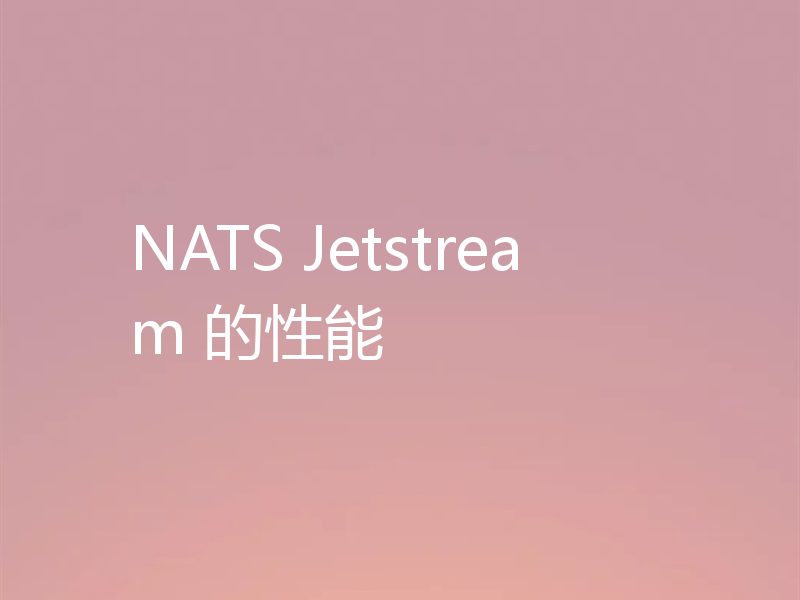
- Golang · Go问答 | 1年前 |
- NATS Jetstream 的性能
- 101浏览 收藏
-
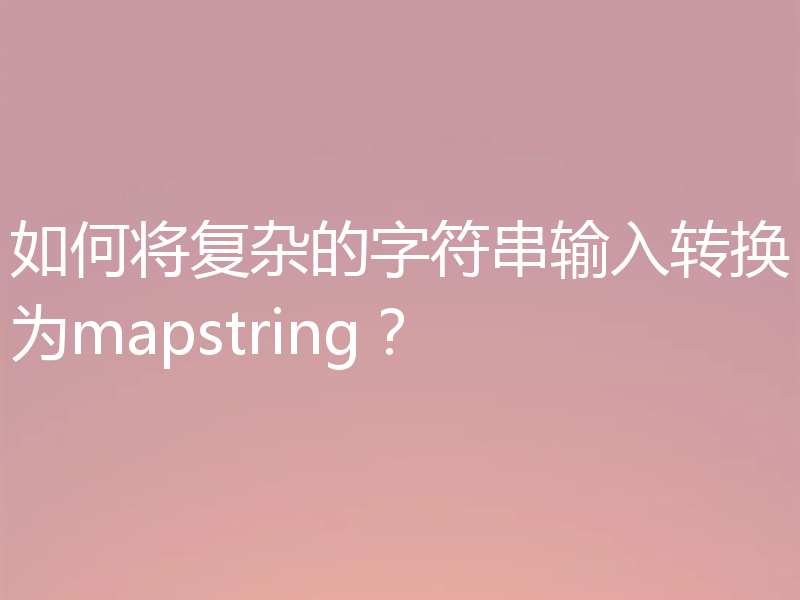
- Golang · Go问答 | 1年前 |
- 如何将复杂的字符串输入转换为mapstring?
- 440浏览 收藏
-
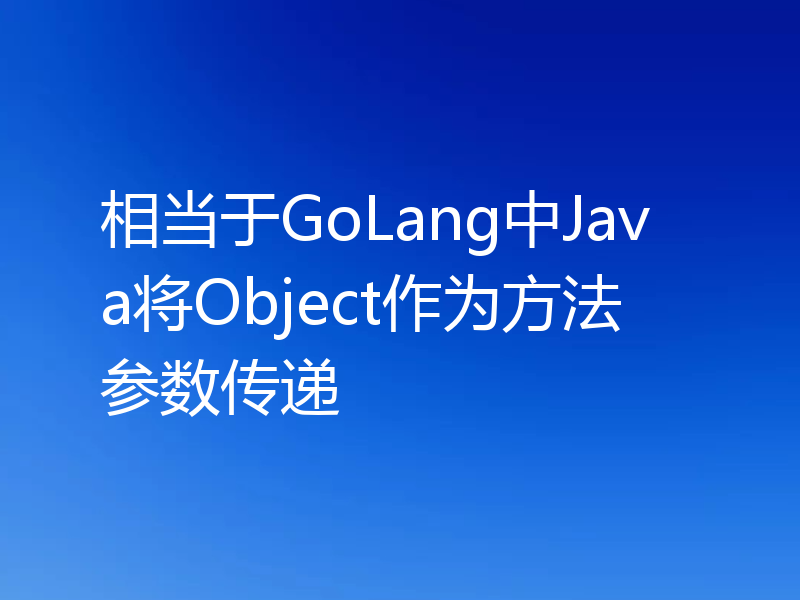
- Golang · Go问答 | 1年前 |
- 相当于GoLang中Java将Object作为方法参数传递
- 212浏览 收藏
-
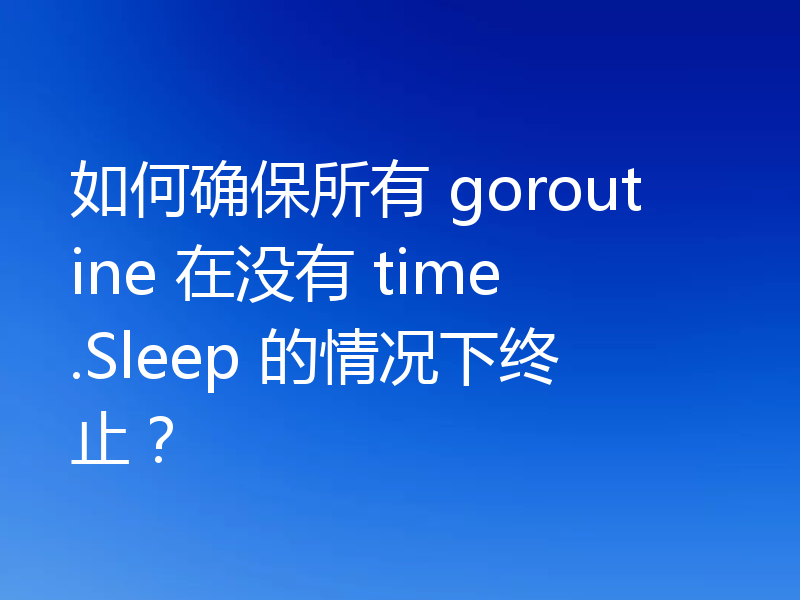
- Golang · Go问答 | 1年前 |
- 如何确保所有 goroutine 在没有 time.Sleep 的情况下终止?
- 143浏览 收藏
-

- 前端进阶之JavaScript设计模式
- 设计模式是开发人员在软件开发过程中面临一般问题时的解决方案,代表了最佳的实践。本课程的主打内容包括JS常见设计模式以及具体应用场景,打造一站式知识长龙服务,适合有JS基础的同学学习。
- 543次学习
-

- GO语言核心编程课程
- 本课程采用真实案例,全面具体可落地,从理论到实践,一步一步将GO核心编程技术、编程思想、底层实现融会贯通,使学习者贴近时代脉搏,做IT互联网时代的弄潮儿。
- 516次学习
-

- 简单聊聊mysql8与网络通信
- 如有问题加微信:Le-studyg;在课程中,我们将首先介绍MySQL8的新特性,包括性能优化、安全增强、新数据类型等,帮助学生快速熟悉MySQL8的最新功能。接着,我们将深入解析MySQL的网络通信机制,包括协议、连接管理、数据传输等,让
- 500次学习
-

- JavaScript正则表达式基础与实战
- 在任何一门编程语言中,正则表达式,都是一项重要的知识,它提供了高效的字符串匹配与捕获机制,可以极大的简化程序设计。
- 487次学习
-

- 从零制作响应式网站—Grid布局
- 本系列教程将展示从零制作一个假想的网络科技公司官网,分为导航,轮播,关于我们,成功案例,服务流程,团队介绍,数据部分,公司动态,底部信息等内容区块。网站整体采用CSSGrid布局,支持响应式,有流畅过渡和展现动画。
- 485次学习
-

- ChatExcel酷表
- ChatExcel酷表是由北京大学团队打造的Excel聊天机器人,用自然语言操控表格,简化数据处理,告别繁琐操作,提升工作效率!适用于学生、上班族及政府人员。
- 3178次使用
-

- Any绘本
- 探索Any绘本(anypicturebook.com/zh),一款开源免费的AI绘本创作工具,基于Google Gemini与Flux AI模型,让您轻松创作个性化绘本。适用于家庭、教育、创作等多种场景,零门槛,高自由度,技术透明,本地可控。
- 3389次使用
-

- 可赞AI
- 可赞AI,AI驱动的办公可视化智能工具,助您轻松实现文本与可视化元素高效转化。无论是智能文档生成、多格式文本解析,还是一键生成专业图表、脑图、知识卡片,可赞AI都能让信息处理更清晰高效。覆盖数据汇报、会议纪要、内容营销等全场景,大幅提升办公效率,降低专业门槛,是您提升工作效率的得力助手。
- 3418次使用
-

- 星月写作
- 星月写作是国内首款聚焦中文网络小说创作的AI辅助工具,解决网文作者从构思到变现的全流程痛点。AI扫榜、专属模板、全链路适配,助力新人快速上手,资深作者效率倍增。
- 4523次使用
-

- MagicLight
- MagicLight.ai是全球首款叙事驱动型AI动画视频创作平台,专注于解决从故事想法到完整动画的全流程痛点。它通过自研AI模型,保障角色、风格、场景高度一致性,让零动画经验者也能高效产出专业级叙事内容。广泛适用于独立创作者、动画工作室、教育机构及企业营销,助您轻松实现创意落地与商业化。
- 3797次使用
-
- GoLand调式动态执行代码
- 2023-01-13 502浏览
-
- 用Nginx反向代理部署go写的网站。
- 2023-01-17 502浏览
-
- Golang取得代码运行时间的问题
- 2023-02-24 501浏览
-
- 请问 go 代码如何实现在代码改动后不需要Ctrl+c,然后重新 go run *.go 文件?
- 2023-01-08 501浏览
-
- 如何从同一个 io.Reader 读取多次
- 2023-04-11 501浏览



